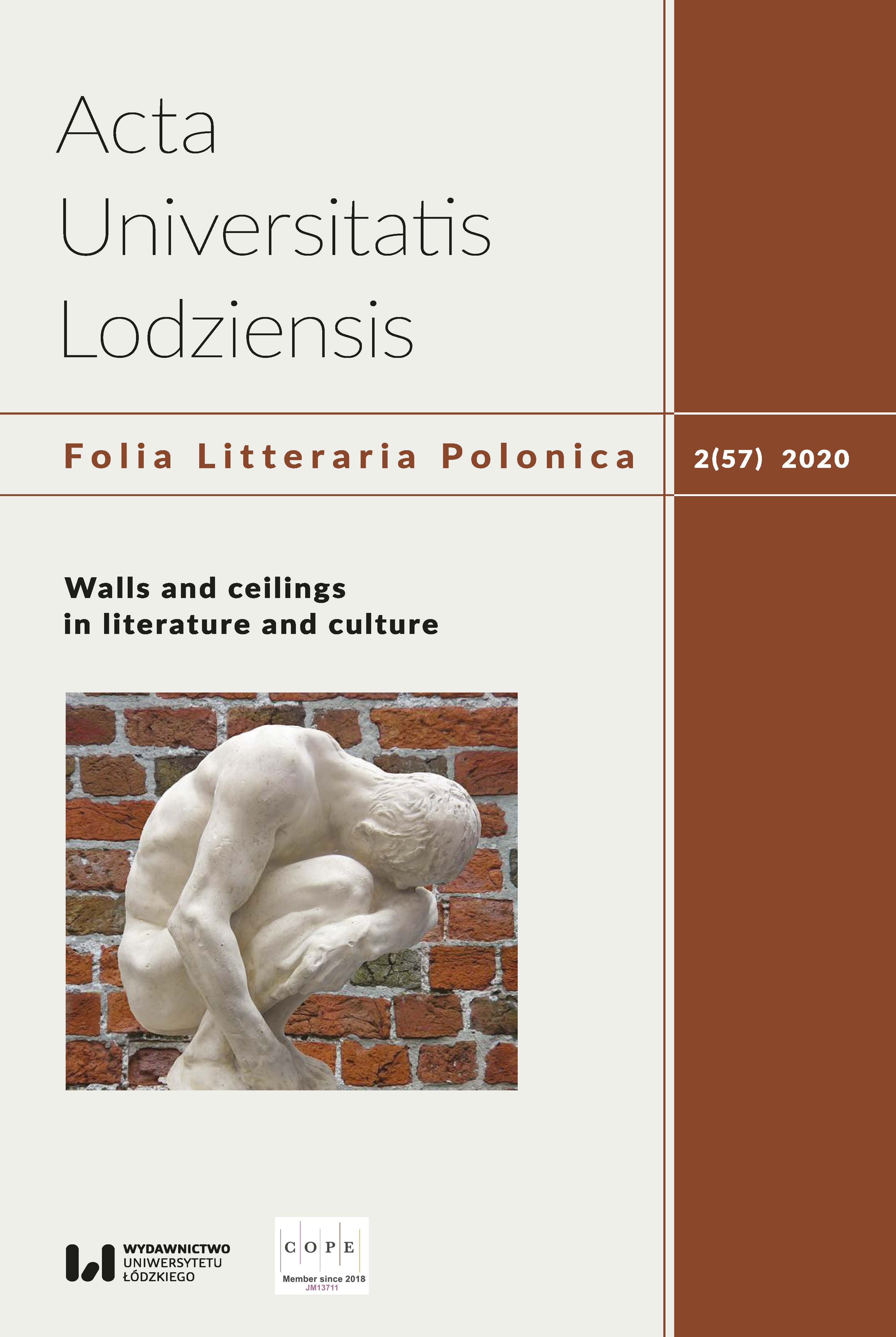Brickwork and the wall as metaphors in Carlo Emilio Gadda’s fiction
Brickwork and the wall as metaphors in Carlo Emilio Gadda’s fiction
Author(s): Joanna JanuszSubject(s): Language and Literature Studies, Literary Texts, Fiction
Published by: Wydawnictwo Uniwersytetu Łódzkiego
Keywords: brickwork; wall; space; 20th-century Italian literature; Carlo Emilio Gadda
Summary/Abstract: The article analyses the topical motifs of the brickwork, the wall, and the house in the works of Carlo Emilio Gadda, one of the greatest Italian writers of the 20th century. These motifs were part of the writer’s broader writing project, the aim of which was to depict and catalogue the entire material reality. These elements appear as parts of a bigger whole: a safe house and a private impenetrable space, but also as a symbol of limitations, petite bourgeois conventions, and a place of suffering and sacrifice. In utilising architectural elements, Gadda indicated the minutest of details and functions that constitute the whole. By utilising architectural references such as a brickwork or a wall, Gadda made them part of a complex system of metaphorical relations through which he attempted to bridle the chaotic reality. The brickwork and walls of villas, condos, labourers’ flats, rural manors, and towering stone fencings often possessed dual meanings and roles: they separate one from the world and protect them against the chaos of the world, or are the products of the burgher culture – despised by the writer – as well as the marks of its undoubted richness and bad taste. This was why they became the focus of his criticism. In some of his works, they become a symbol of a character’s desire to isolate themselves from the world. At the level of the narrative structure, the motifs of the brickwork and the wall become a pretext for a digressive expanding or a developed pause, which, in turn, produces an effect of a breaking-up of a diegesis, which remains unfinished and fragmented.
Journal: Acta Universitatis Lodziensis. Folia Litteraria Polonica
- Issue Year: 57/2020
- Issue No: 2
- Page Range: 65-79
- Page Count: 15
- Language: English

